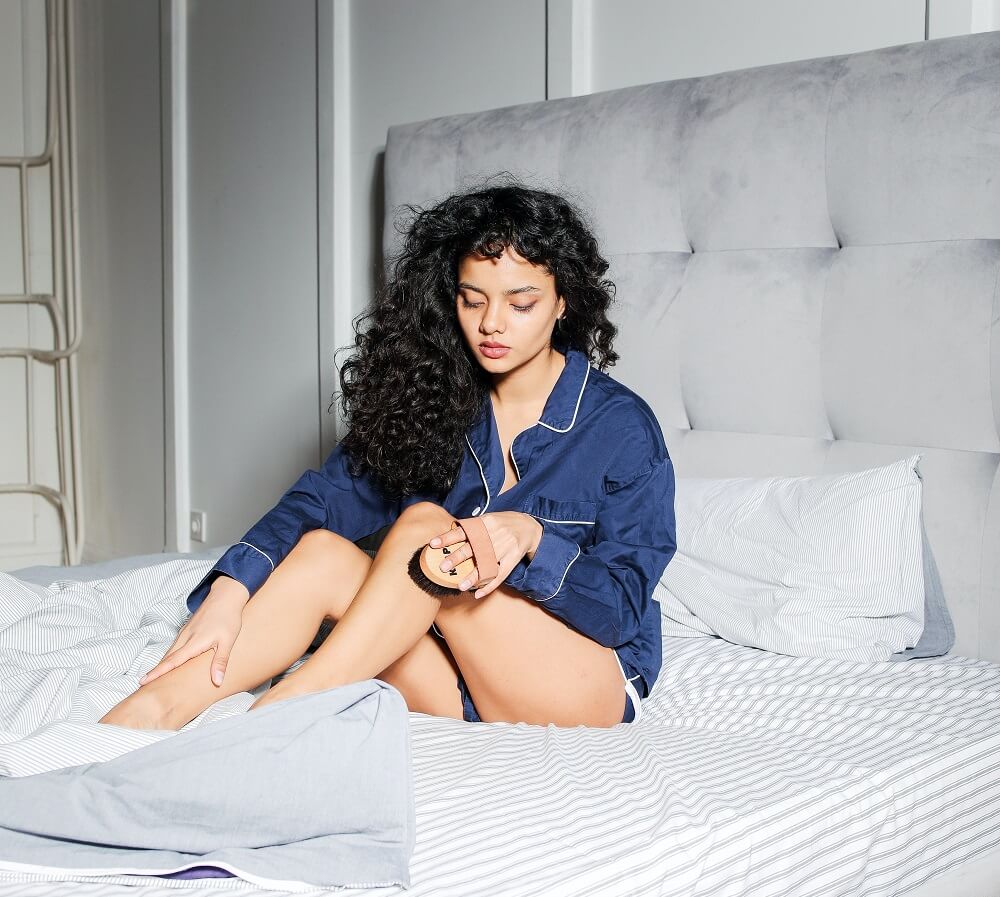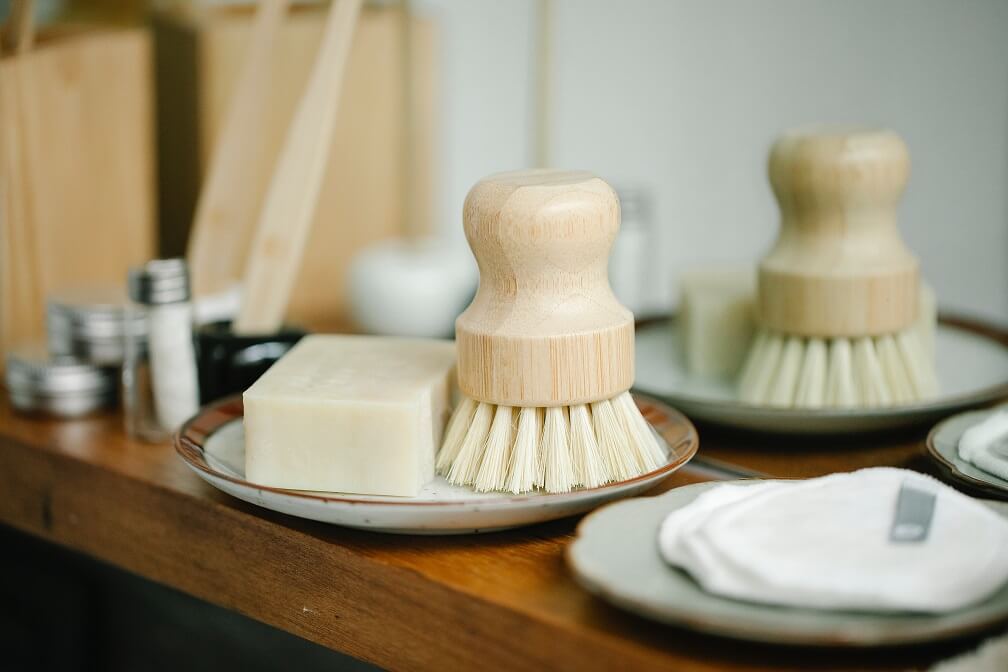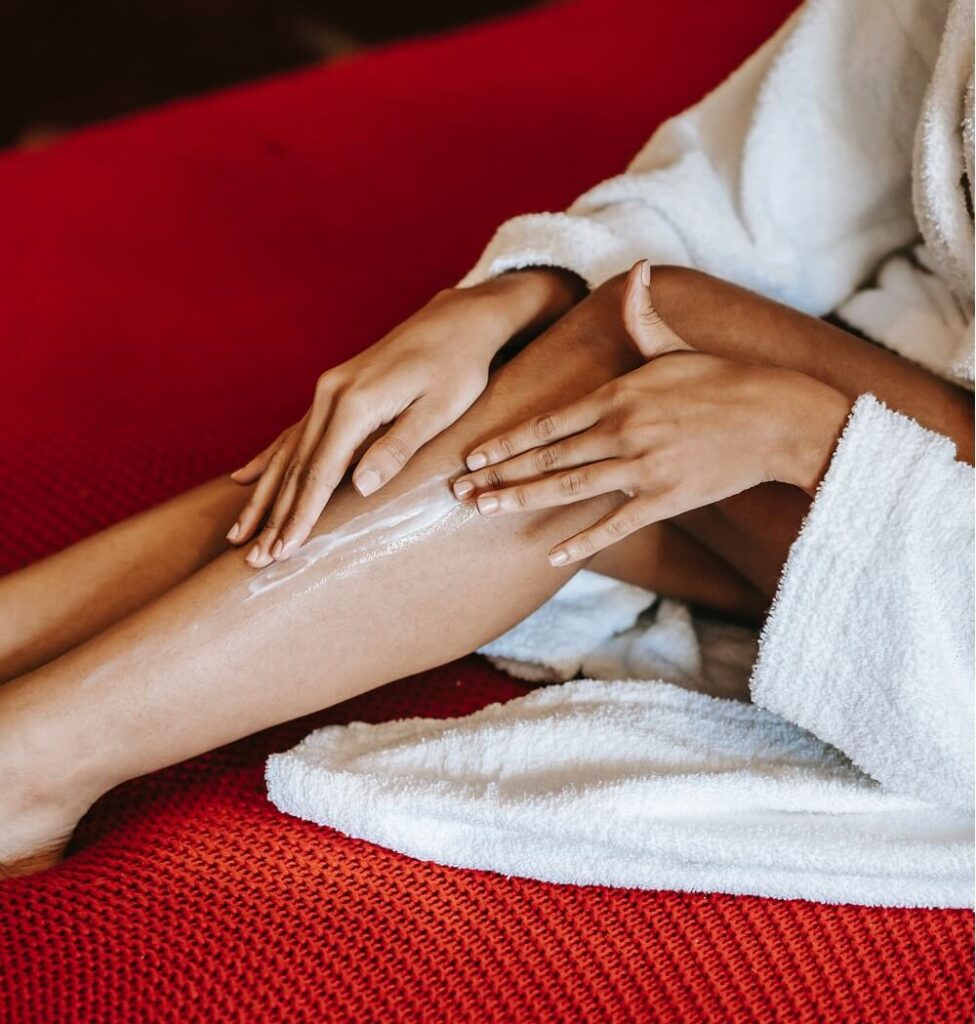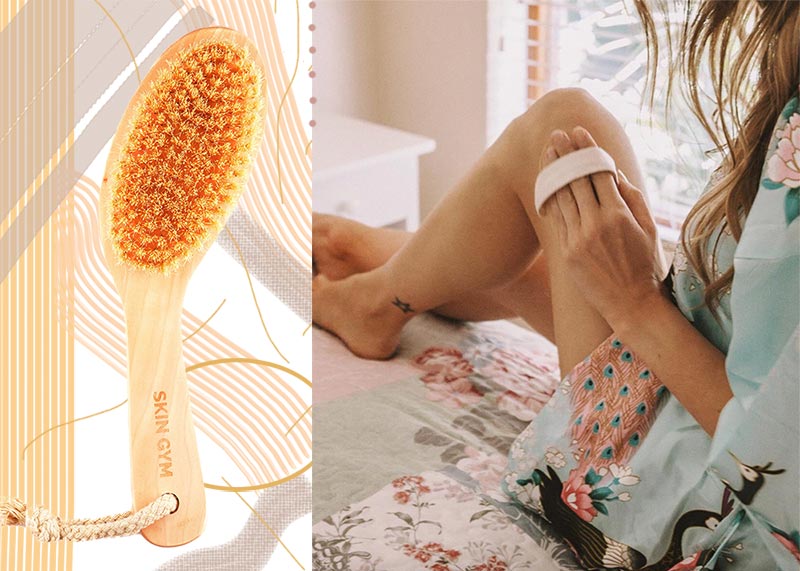It seems like new beauty routines are always being invented. From glass skin to face shaving, an innovative beauty routine is always on the horizon.
While social media can have you feeling like there’s a new trend emerging every two seconds, the truth is that what’s old is new again. For example, dry brushing is having its heyday — once again.
It may seem counterintuitive, if you’re unfamiliar with the concept, especially if you have sensitive skin. But it can be a beneficial whole-body treatment that can leave you with brighter, smoother skin if you do it correctly. Keep reading to see if dry brushing is right for you.
What is dry brushing?
Dry brushing is fairly straightforward. As the name implies, you use a brush on your body while your skin is dry. For best results, use a short-bristled brush made from a plant-based source like cactus or — more traditionally — boar bristles. If you’re vegan, opt for a plant-based brush.
Dry brushing has a variety of benefits, but it has ayurvedic origins. Many believe the treatment is mainly for exfoliation and stimulating blood circulation. Note, though, that dry brushing isn’t recommended for your face or neck, where the skin tends to be thinner and more delicate.
Who is dry brushing best for?
In truth, anyone can benefit from dry brushing. However, depending on your skin type or concerns, you might need to adjust how frequently you engage in the practice to prevent aggravating your skin.
Most experts recommend dry brushing two to three times a week. But if you struggle with dead skin buildup, you might want to add an extra session every week. Meanwhile, you might want to do less frequently if you have more sensitive skin.
Benefits of dry brushing

Dry brushing can be an important addition to your self-care routine and doesn’t require a complex list of tools to complete. More importantly, it offers a wide range of benefits.
Exfoliation
The most obvious benefit to dry brushing is to exfoliate the skin. Routinely exfoliating can make the skin look brighter and smoother, and it reduces dull patches that make your skin look tired or aged. Since you’re brushing dry skin with a dry tool, the exfoliation can be more intense, which is why you might need to adjust your brushing schedule.
However, the benefits of exfoliation can’t be overstated. When you remove dead skin, moisturizers and lotions can better penetrate the skin. This leads to more intense hydration.
Additionally, dry brushing for exfoliation can be helpful for people who suffer from ingrown hairs when they shave. Likewise, if you use self-tanner, dry brushing before tanning can result in a less streaky and more even application.
Massage
Did we mention self-care? Dry brushing is linked to massaging the skin and encouraging blood flow. This can work to boost your mood and possibly even your energy levels.
Budget-friendly
Buying chemical exfoliators like serums, body scrubs, and disposable wash gloves can get pricey, depending on the options you select. But a good dry brush can last longer — by as much as a few years. Compared to constantly replacing scrubs, you can save a few coins and still look good doing it.
Can dry brushing be bad for you?
In most cases, dry brushing is considered a generally safe practice. As mentioned previously, the only real risk is over-exfoliation. If you’re too aggressive when using your dry brush or brush too frequently, you could irritate your skin.
Remember, when you brush a dry object against dry skin, you’ll remove skin. So if you scrub at your body like cleaning stubborn stains on your tub or attempt to dry brush every day, such harshness could create abrasions.
Likewise, if you have known skin sensitivities such as eczema, psoriasis, or even contact dermatitis, you might want to hold off on dry brushing until you talk to your dermatologist.
Tips for dry brushing

You can easily incorporate dry brushing as part of your routine. Since the process requires minimal products and has a simple technique, most people can adopt it with little effort. However, the following tips can make your dry brushing experience easier.
Dry brush before showering
Most experts recommend that dry brushing before a shower is best. Since you’re removing dead skin, doing it in the shower can cut down on cleanup, and showering after can ensure you rinse off any residual dead skin.
Don’t be aggressive
We can’t stress enough that you don’t need to scrub your skin like you’re banishing a wine stain from an antique tablecloth. Gentle is best — especially if you’re just beginning with dry brushing.
You need to know what your skin can comfortably tolerate without the risk of irritation. So, perform a patch test first. If you have sensitive skin, gently brush a small area of skin and wait a day or two to see how it reacts before performing a full-body dry brush session.
For best results, use short overlapping strokes working up the body. For more stubborn dead skin patches, use small circular motions to remove dead skin effectively.
Don’t dry brush your face and neck
We said this before, but it deserves to be repeated. The skin on your face and neck is thinner than the rest of your body. Dry brushing, even when gentle, can be a bit too aggressive for these areas. Save your dry brush for other parts of your body.
Don’t forget to moisturize

Now that you’ve exposed a fresh layer of skin, you need to baby it. After showering — preferably not at a molten hot temperature — follow up with a good moisturizer while your skin is still damp. Since the dead skin is gone, your skin will absorb it better and stay hydrated for longer.
Your skin will thank you
Dry brushing is not a new trend, even if it’s experiencing a resurgence. But the benefits of smoother skin, a glowing complexion, and even mood-boosting properties, thanks to the enhanced blood circulation, make it a worthy treatment that people should consider. Unlike some skincare routines, dry brushing tools don’t have to be expensive. Better yet, you can do this before a shower, making it an efficient, quick, and easy self-care routine.





